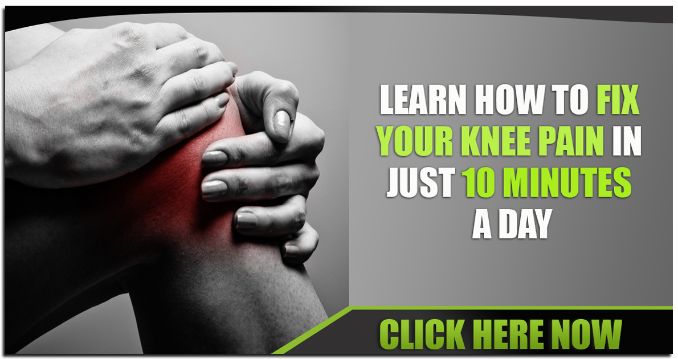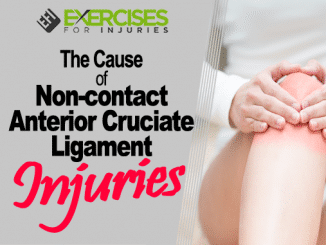
Knee pain Tendopathy is not a single condition but an umbrella term for any condition where tissue inflammation, degeneration, or overuse affects the knee tendons. Knee pain, whether acute or chronic, can be debilitating and significantly impact the quality of life. Fortunately, most knee pain is reasonably benign and manageable with simple interventions such as rest, ice, compression, and elevation. However, there are instances when knee pain may indicate a more severe condition. Tendinopathy is an umbrella term used to describe any condition that affects the tendons in the body.
Tendons are connective tissue that attaches muscle to bone; they provide strength and stability for movement. There are different types of tendinopathies.
What is Patellar Tendinopathy?
Patellar tendinopathy is a common cause of anterior knee pain (pain directly in front of the knee). It usually occurs secondary to overuse or repetitive activities such as running, jumping, squatting, or climbing stairs repeatedly. It may also happen with new activities such as starting jogging after not doing so for some time or playing basketball regularly after not playing it in a while.
Cause of Knee Pain Tendonopathy
There are several causes of knee pain tendonopathy, including overuse, poor biomechanics, or muscle weakness.
#1) Overuse is the most common cause of knee tendonopathy. Individuals who participate in sports that involve repetitive bendings of the knee, such as track and field, soccer, tennis, basketball, and more, may develop patellar tendonopathy due to overuse.
#2) Poor biomechanics – If you have poor biomechanics (poor alignment of the knees), you are more likely to develop knee tendonopathy. This may occur if you’ve had an injury to your knee or you’re born with poor biomechanics.
#3) Muscle weakness – If you have weakness in the muscles surrounding the knee, it can increase your risk for knee tendonopathy. This type of tendonopathy is common in people who have had a knee injury that resulted in a tear in the tendon.
Watch the video to learn more on:
- statistics on cartilage defects
- functionality fit to perform
- things to consider when doing corrective exercises
- pathology
- tendinitis
- tendinopathy
Here is a video clip of Eric Cressey chatting about knee pain related to tendinopathy.
The most considered important factor in preventing knee tendinopathy is adequate rest. It is more important than ever to understand and implement exercise programs made for individuals based on their goals and ability. Improving your function, balance, strength, and range of motion is the goal of the exercise. For example, if you want to increase flexibility, perform exercises that stretch the hip, knee, and ankle joints. If you need to increase your range of motion, perform workouts where you flex and extend the knee joint.
Exercise Program for Knee Pain Tendopathy
The best way to get started is to find an exercise program that you most enjoy performing. Some of these exercises may be done while sitting (stationary bike, stationary leg press) or while standing, even though these are less effective than exercises done while lying on a flat surface (leg extension, leg curl). You can also use equipment such as weights, resistance bands, or workouts that simulate specific movements. Always remember to warm up and cool down before and after your workout.
How Ankle Fusion Can Cause Low Back and Knee Pain
Rick Kaselj, MS







